‘Fear no more, says the heart, committing its burden to some sea, which signs collectively for all sorrows, and renews, begins, collects, lets fall. And the body listens to the passing bee; the wave breaking; the dog barking, far away barking and barking.’
On an early February afternoon – it happened to be on this date last year – I was standing on a forsaken beach in Spain. The waves rushed in upon the sand relentlessly, turned into molten silver by the sizzling afternoon sun, and receded as rhythmically. Hypnotised by the smooth march of the endless waves, the sun beating down upon me, I felt quite alone. I was in fact completely on my own. It was a ghost town – that old quarter of Altafulla. Not a soul to be seen on that sandy stretch outside the medieval castle perched upon a promontory and silhouetted against the sparkling sea. It was easy to think of a knight come storming out of Castell de Tamarit and prance by on his majestic steed. If he could see me, ah, I would ask for a lift back to the city of Tarragona.
You might be thinking, how bloody unromantic. But pragmatism makes inroads into fanciful thinking when you discover to your dismay – after reaching your destination – that buses appear only after an hour and a half. A knight in an armour would be handy in such situations.
No one appeared. And I did not even get to enter the castle (it was not open to the public). I tripped down a sandy path through a forested area on one side of the castle and came upon the sea all over again, a mass of rock jutting out from it in the distance. The entrance to the castle was well hidden from prying eyes. It did have a do-not-mess-with-me look about it, with a distinctly Romanesque watch tower declaring itself head and shoulder above the rest of the castle. A necessity in the old days when pirates would possibly find the thought of such lonely castles as a shining beacon of hope across the waters, as attractive as steaks were to Alex (ref: Madagascar).
Mentioned in some written records as early as the 11th century, the castle was named after the Marquises of Tamarit who owned the castle from the 12th- to the 20th century. It is strange to think that an entire fisherman’s village was encased within those very private walls because it did not look capable of housing an entire village from the outside. But what do you know (Jon Snow). Bouts of malarial fevers during the 19th century led to the dying out of the village.
In the 20th century an American art collector and philanthropist, Charles Deering, bought it but it has since changed hands. What goes on inside, you wonder. Apart from lavish weddings which the castle is known to host from time to time.
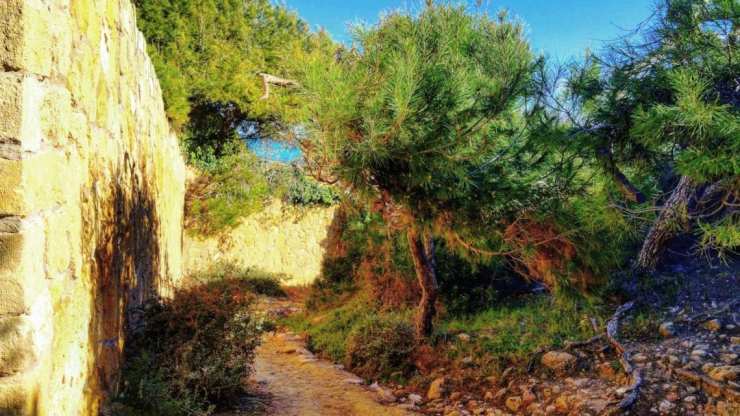
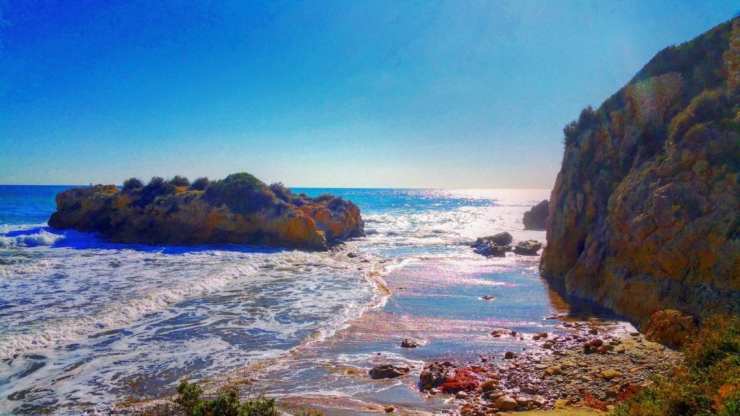
“This is what happens when you take off to towns with zilch research,” ran the taunting words in my mind at a time when I could have done with a hug, a chocolate croissant and cup of coffee. I am but a creature of simple demands.
The nearest way I could get the last two could be only in the modern part of Altafulla which was a few miles away on foot. I could see the white houses in the distance but the possibility that I would be stranded on that beach with no one for company and no one to turn to for coffee, made me run straight back to the bus stop to catch the next bus back to Tarragona. “There I shall find coffee and croissant,” I told myself as I waited for a lengthy period by a tree on the quiet main road. Once in a while, cars passed by.
When I finally found myself back at the place from where I had made the journey to Altafulla, that is the port city of Tarragona in northeast Spain, I headed for a café to erase the odd disappointment (though it was not a complete letdown) of the noon. From there I emerged as shiny happy as a freshly scrubbed child and with the power of caffeine in my veins I reflected upon the fact that while I might not crave the crowds — but boy do I find human presence comforting.
Tarragona is flecked by ruins left by the Romans. To me its amphitheatre by the sea and an impressive cathedral were its shining glory. There was a city whose origins were unknown before the Romans settled in it. It could have been home to Iberic tribes or it could have been founded by the Phoenicians. But there is no ambiguity about it that this city which lies on the Golden Coast of Spain or the Costa Daurada was a hot favourite with invaders. After the Romans came the Vandals, followed by Visigoths who were replaced by Umayyads. And then some more such as the Almoravids and the Kingdom of Aragon.
Getting back to the kind of sights that Tarragona offers:
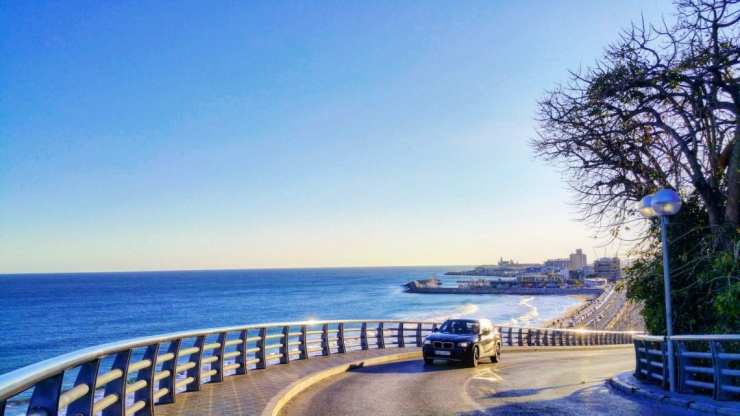
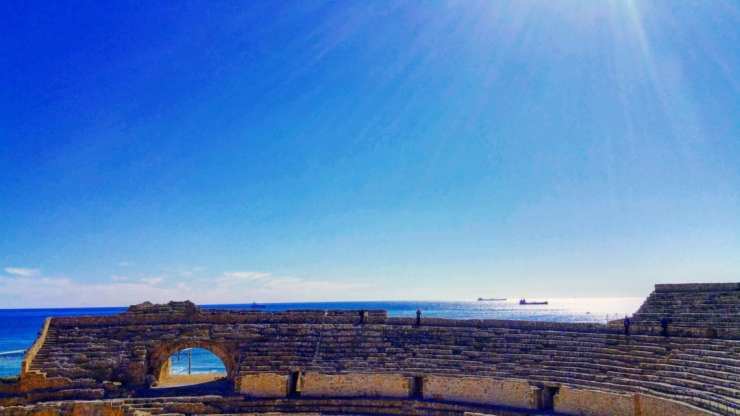
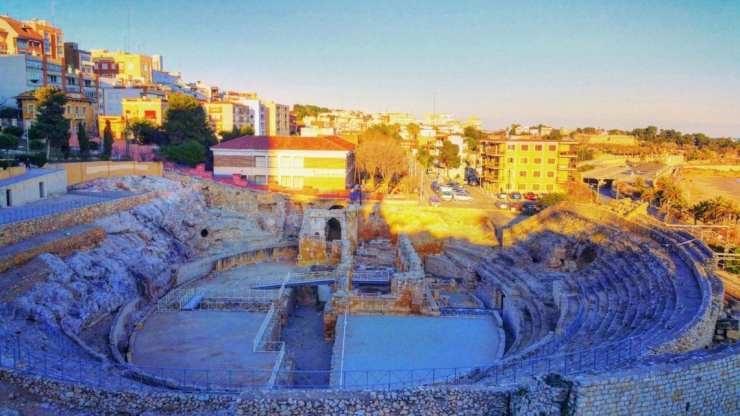

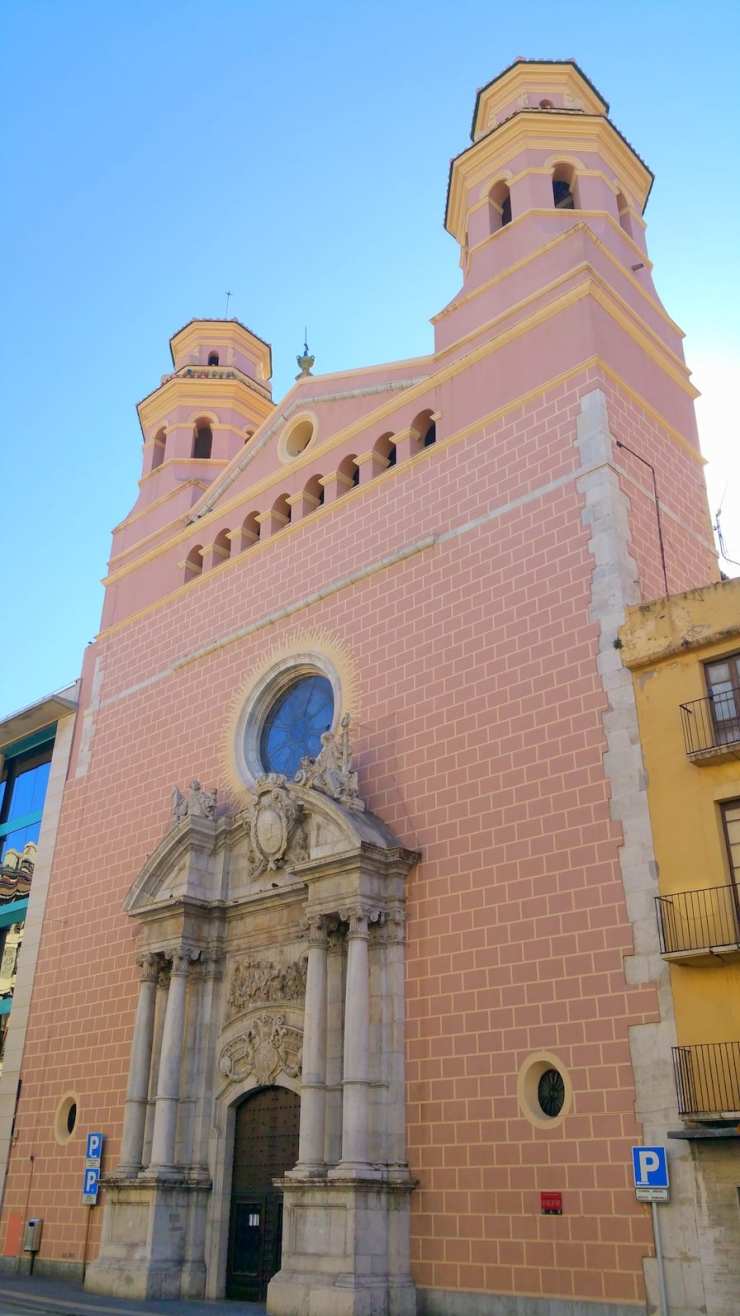
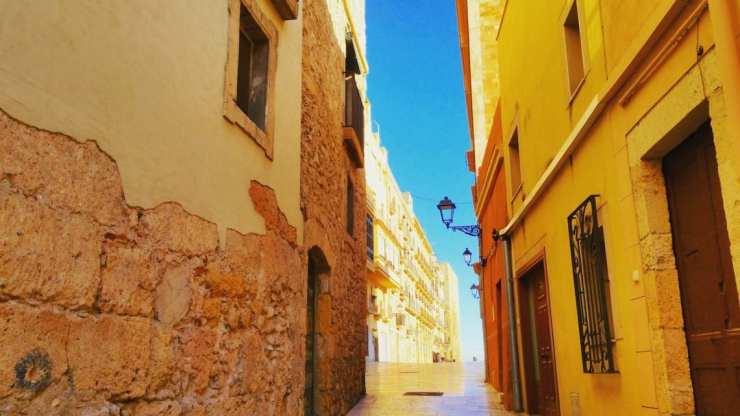
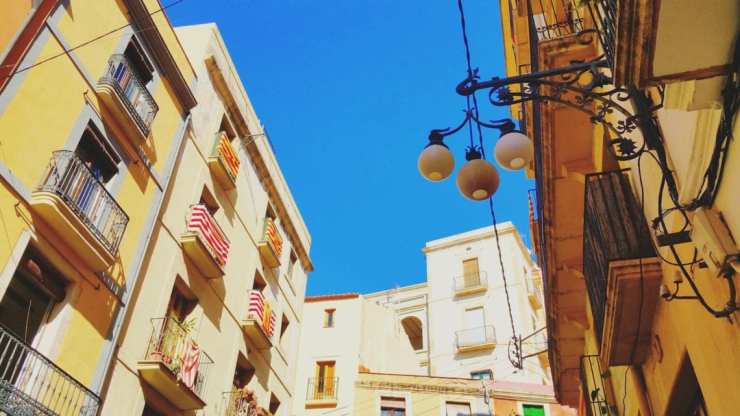




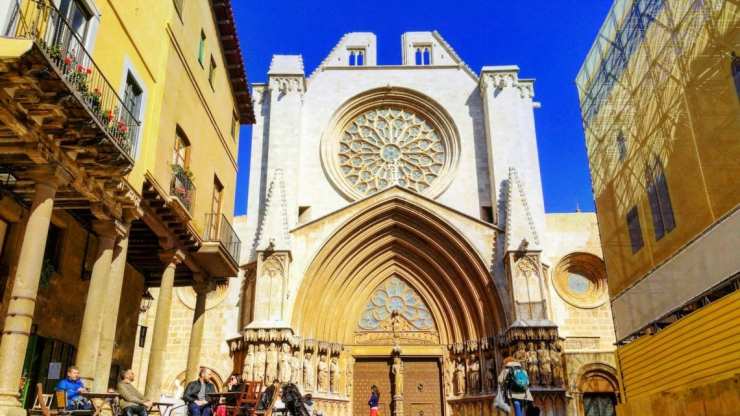
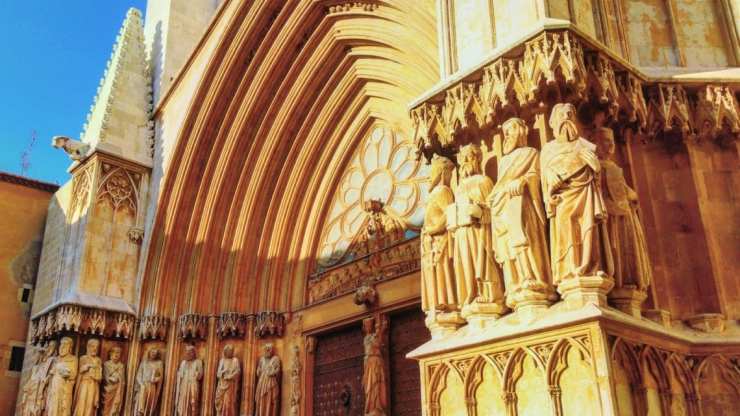

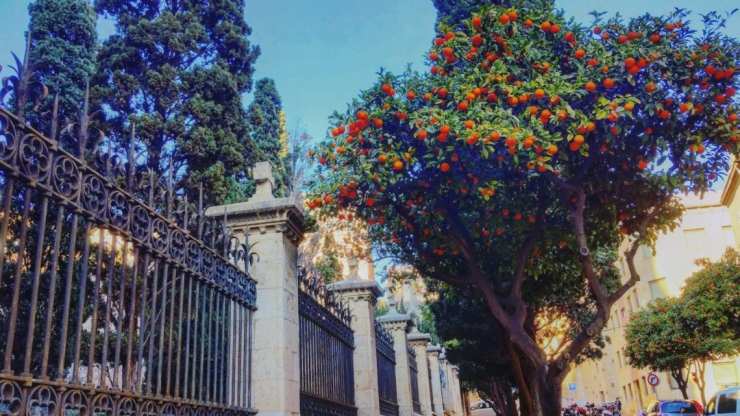
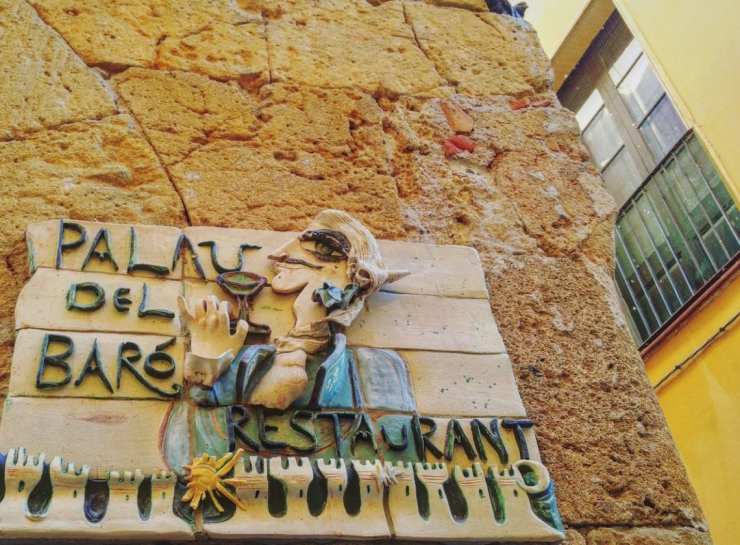

How to Get There: Get onto the high-speed AVE trains that bring you from Barcelona to Tarragona within 40 minutes.
Things to Do: Tarragona itself is a small city and can be wrapped up in a day trip but if you want to explore the beautiful beaches of the Costa Daurada that stretch for miles, then you could look at spending a night in it. Some of its best beaches are at Altafulla, a nudist beach called Torn, a spot where the Ebro river meets the sea at Riumar and Cala Fonda. Head to the tourist office where you can figure out the timetables for the buses that take you to these beaches.
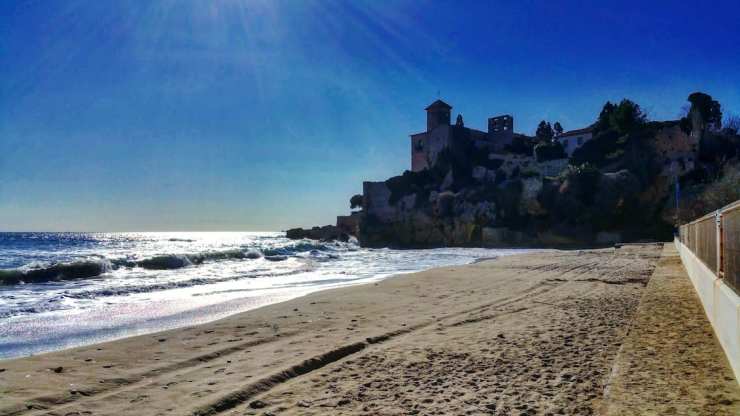
I haven’t been to this city but that beach is stunning!
LikeLiked by 1 person
That entire stretch of Costa Daurada is supposed to be spectacular. This was just a precursor. One day I hope to get back and see the rest of it. Thanks for reading 🙂
LikeLiked by 1 person
Wow. Beautiful pics.. breathtaking ?❤
LikeLike
Thank you for reading, Malini 🙂
LikeLiked by 1 person
Very beautiful words and images .. T es a good writer?
LikeLiked by 1 person
Thank you, my friend. I appreciate such kind words 🙂
LikeLike
(T es = you are)
LikeLiked by 1 person
What a beautiful place. I love Spain but have not been to this region. It’s on my list now. You have a great blog.
LikeLiked by 1 person
Thank you Caroline. That is so lovely of you. There is so much to see in life, right? That is what I love about travel blogs. They give me insights into places I have not been to, would aspire to and even if I do not end up exploring all, I know I will have still seen them through the eyes of my fellow bloggers.
LikeLiked by 1 person
Thanks for being on point and on tategr!
LikeLiked by 1 person
hola la verdad q en todo esto soy nueva pero m enkanto esta manualidad y q la puedan compartir como hago yo para recibir estos hermosos trjsaaob?!! desde ya los feicito muchas gracias ❤ ❤ andre
LikeLiked by 1 person
Hello Andre, I am not a Spanish speaker. Google Translate did a terrible job of translating your words for me. I could not therefore make out much excluding a fair bit of thank you. Well, I thank you too for reading and leaving a comment.
LikeLike
Thank you Kacy. I have a penchant for rambling. I do my best to curb it – ’tis a work in progress.
LikeLike
You take beautiful photos – it feels almost like being there!
LikeLiked by 1 person
Aww thank you. It is all about trying to get a feel of the place I am in. I am happy you are transported to Tarragona.
LikeLiked by 1 person
You certainly do convey the feel of the place – beautiful!
LikeLiked by 1 person
Thank yee 🙂
LikeLiked by 1 person
My pleasure, dear!
LikeLiked by 1 person
[…] molten silver waves lapping up the deserted beach near the castle of Altafulla in ancient Tarragona. The haunting Islamic-Gothic loveliness of Zaragoza, the magnificent standalone Benedictine […]
LikeLike